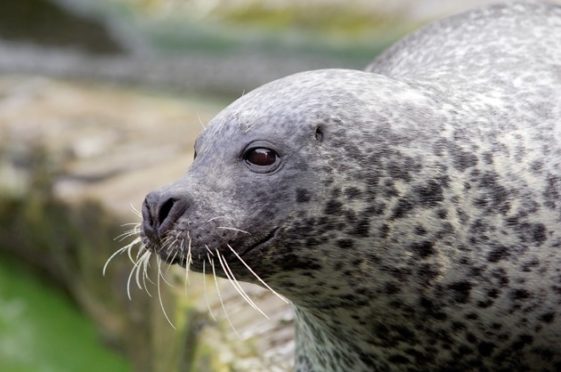West is best when it comes to populations of harbour seals, surveys have revealed.
While the seals are doing well on the west coast, they have declined around some parts of the eastern coastline.
Scottish Natural Heritage (SNH) has published the initial findings from a four-year programme of surveys that aim to cover the entire coastline of Scotland and provide the most up-to-date assessment of the harbour or common seal population.
The results indicate that while numbers on the west coast of Scotland and in the Western Isles remain stable or are increasing, in marked contrast populations on the east coast remain at low levels.
Aerial surveys carried out by the Sea Mammal Research Unit (SMRU) at the University of St Andrews counted 3,533 harbour seals around the Western Isles in 2017 – the highest number in the area since surveys began in 1992.
In many of the west coast areas surveyed, harbour seal numbers were either comparable or slightly higher than previous counts.
Meanwhile on the east coast, the number of harbour seals counted in the Moray Firth was 831.
Numbers in the Dornoch Firth reached a low of 39 while the population at Culbin and Findhorn increased to 526.
Only 29 harbour seals were counted in the Firth of Tay and Eden Estuary.
The latest estimate of the size of the harbour seal population around Scotland is 26,565.
SMRU research, funded by the Scottish Government, is looking at the causes of the declines in harbour seals in some Scottish regions.
Potential reasons being investigated include quality and availability of prey, competition from grey seals, predation by grey seals and killer whales and exposure to toxins from harmful algae.
Morven Carruthers, SNH policy and advice officer, said: “These latest findings provide further evidence of a geographic divide in the fortunes of harbour seals in Scotland. While populations on the west coast are increasing in many areas, numbers on some parts of the east coast are historically low.
“These annual surveys, together with the research being carried out by SMRU, are really important as they will help us gain a better understanding of our harbour seal populations and how they are faring so that we can target conservation efforts where they are most needed.”
Professor Ailsa Hall, director of the SMRU, said: “The abundance and distribution data generated by these surveys are the bedrock of the applied research we carry out. They are vital for the conservation and management of seals in Scotland.”










